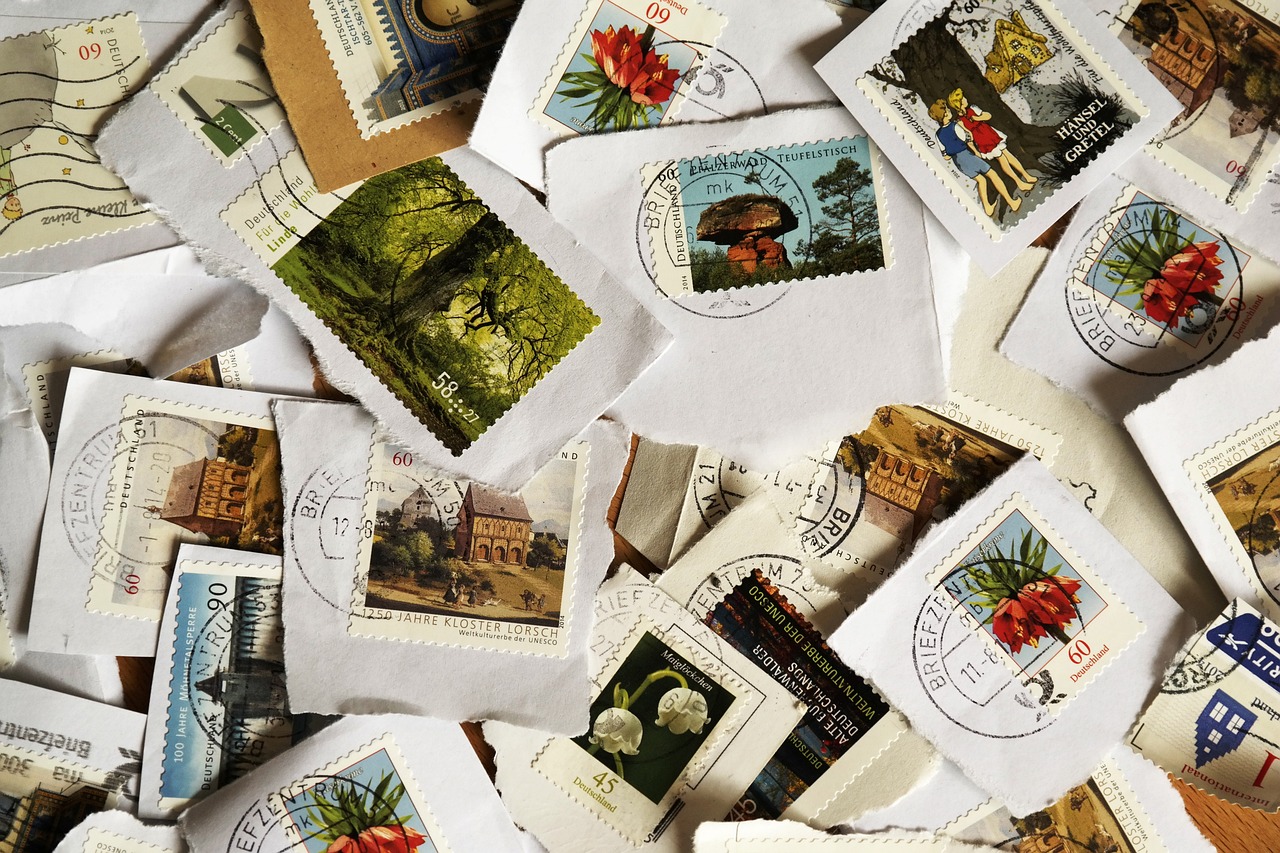
The Magic of Digital Archives
We live in a time of digital archives. With just one click, we access an overwhelming amount of information. But, traditional files are still important to keep…
The Pennsylvania Historical Society dismissed ten employees in April, a reduction of around thirty percent of the institution's staff.
The cause of these dismissals? A budget deficit and difficulties to establish alliances with universities and other organizations. The result? Putting at risk the preservation of both memory and history.
Founded in 1824 and based in Philadelphia, the Historical Society houses some 600,000 printed documents and around 20 million manuscripts. It's one of the most extensive historical archives in the United States, in particular for its documentary collections on ethnic communities and immigration during the 20th century.
Interim president and chief executive Charles T. Cullen said that with a small team, the Historical Society would refocus its efforts on the core of its mission: "Serve as a research library and archive."
It's not a unique situation, either in Philadelphia - where in June 2018 the Philadelphia Historical Museum closed, and its fate is still uncertain - or in other cities around the world.
On the one hand, the processes of curating the collective memory, the intervention in the patrimonial statutes, the need to preserve and safeguard, to value material and immaterial goods, are now more critical than ever.
At the same time, the institutions responsible for these tasks face budget cuts, lack of qualified personnel and adequate equipment, mediocre description instruments, the reduction of documentary funds and a significant uncertainty regarding recent changes in the practice of history, archive, and information sciences.
We produce more information than ever; we boast of the importance of keeping it and making it accessible while the primary sources of information (libraries, archives, newspapers, and museums) suffer from the same problems of yesteryear, although in a new context: the digital turn of the last decades.
According to historian Roy Rosenzweig, who until his death directed the Center for History and New Media at George Mason University, an institute that now bears his name and specializes in the use of digital technology in historical research and preservation - we went from a scarcity regime to documentary abundance.
We once thought there was very little information; now we have too much.
For archives, libraries and newspaper archives, for those who organize their documentary collections and for those who do research, digitization represents a challenge for several reasons: according to the historian Lila Caimari, "quick and simple access to certain documentary universes requires us to be aware of what is left out of that extraordinary novelty."
We access a lot of information through the digital universe, and yet, the scope remains reduced. And that is important to bear in mind.
We live in an archived society. Better yet, a digitally archived society. Our electronic devices (computers, tablets, smartphones, screens of all kinds) give us access to many small yellow folders, which, in turn, contain another infinity of folders in which we organize an innumerable amount of documents.
All kinds of them: photos, books, songs, movies, newspaper articles, school work, university classes, tax paperwork, medical studies, contacts, conversations, videos, correspondence… you name it.
Traditional archives not only carry their usual difficulties but also must be placed in this digitized reality. It must supply the demand for immediate access to information, but also organize it, systematize it, interpret it.
According to a report distributed by IBM in 2012, 2.5 exabytes of information were produced on the Internet each day. By 2020, according to the IDC, it will be around 44 zettabytes. It is so much information that it triggers "negation in abundance," defined by the artist and academic Reneé Green as - "the canceling-out effect, which is possible when confronted with more than is comprehensible."
The collection and arrangement of the piles of materials, he said, do lead not only to wonder but to fatigue and attention deficit. We are perplexed by the overabundance of information.
RELATED CONTENT
The remarkable thing is that we quickly take this abundance for granted. We develop reading and consumption strategies that can be scattered and superficial or multiple and expanded, depending on how optimistic you are.
We strengthen habits. We overcome the denial, or at least we dodge it for a while.
The institutions that traditionally dealt with large amounts of information are looking for ways to understand these new practices and technologies, and remain socially relevant.
The shortage of budget and personnel, as is the case in the Historical Society of Pennsylvania, must be understood in its political dimension.
The historian and archivist Mariana Nazar stressed that efficient archives and the appreciation of history and commitment to memory are always political decisions.
The federal 2020 budget presented by President Donald Trump's administration, for example, suggests significant cuts in the Museum and Library Services Institute for the third year in a row, an implicit political statement about the appreciation of history and the commitment to memory.
In a doctorate seminar dedicated to the new realities of the archives, delivered this year at the University of Buenos Aires, the professor and writer Daniel Link said:
"Stéphane Mallarmé boasted of being the last person in history who had read everything written before his time. In the Renaissance, several people could assert the same thing. In 1472, the Queens' College Library in Cambridge owned 199 books. In 2003 it was estimated that each citizen produced around 800 megabytes of new information, of which more than 90 percent was saved in some magnetic media (mainly on a hard disk.) Only 0.01 percent was printed on paper. From then until now, these indices have multiplied exponentially."
An imaginary researcher of 1472, with a good rhythm of reading, could exhaust the material of the Queens' College library in a year. The Library of Congress of the United States possesses some 167 million documents while receiving each day about 15,000 more. No researcher, no matter his reading skills, could deal with such a collection.
The abundance and easy access to materials does not supplant the ability to interpret them.
The job's old tricks are now more urgent than ever. And an archived society finally reveals a clear understanding of the importance of the documentation of its public record: the kind of literature that allows us to link a political, budgetary decision with the indifference towards archives that guarantee the persistence of memory, so crucial to humanity.










LEAVE A COMMENT:
Join the discussion! Leave a comment.